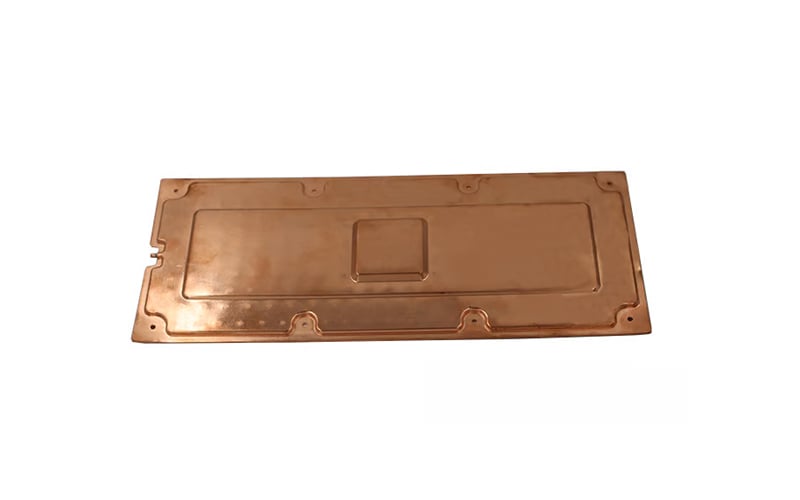The Importance of Vapor Chamber Thickness
When it comes to optimizing vapor chamber performance, the thickness plays a crucial role in enhancing heat dissipation. A thicker vapor chamber allows for better heat spreading, resulting in more efficient thermal management.
Maximizing Thermal Conductivity with the Right Thickness
The thickness of a vapor chamber directly impacts its thermal conductivity. Thicker chambers have more material to conduct heat, which can significantly improve cooling performance. By optimizing the thickness, you can maximize thermal conductivity and enhance overall heat dissipation.
Enhancing Structural Integrity through Thickness Optimization
In addition to thermal performance, optimizing vapor chamber thickness can also enhance structural integrity. Thicker chambers are less prone to bending or warping, ensuring long-term reliability and durability in various heat dissipation applications.
Improving Heat Spreading Efficiency
Thicker vapor chambers have a larger surface area, allowing for better heat spreading across electronic components. By optimizing the thickness, you can improve heat transfer efficiency and prevent hot spots, resulting in more consistent and reliable thermal management.
Reducing Thermal Resistance with the Right Thickness
Thicker vapor chambers offer lower thermal resistance, allowing for more efficient heat dissipation. By optimizing the thickness to reduce resistance, you can enhance overall cooling performance and prevent overheating in electronic devices.
Optimizing Thickness for Specific Applications
The optimal vapor chamber thickness may vary depending on the specific application and cooling requirements. By customizing the thickness to suit the thermal needs of different devices, you can achieve maximum heat dissipation efficiency and performance.
Ensuring Proper Contact with Heat Sources
The thickness of a vapor chamber is critical for ensuring proper contact with heat-generating components. By optimizing the thickness to match the size and shape of the heat source, you can improve thermal contact and enhance overall heat dissipation effectiveness.
Balancing Thickness and Weight Considerations
While a thicker vapor chamber offers improved heat dissipation, it also adds to the weight of the cooling solution. Balancing thickness with weight considerations is important to achieve optimal performance without compromising the overall design and portability of the device.
Considering Manufacturing Constraints
When optimizing vapor chamber thickness, it is essential to consider manufacturing constraints such as material availability and fabrication capabilities. By working within these constraints, you can achieve the desired thickness while ensuring cost-effective production and efficient heat dissipation.
Collaborating with Thermal Management Experts
For optimal results in optimizing vapor chamber thickness, collaborating with thermal management experts can provide valuable insights and guidance. Experts can help analyze specific thermal requirements, recommend the ideal thickness, and ensure the successful integration of vapor chamber technology for enhanced heat dissipation.

